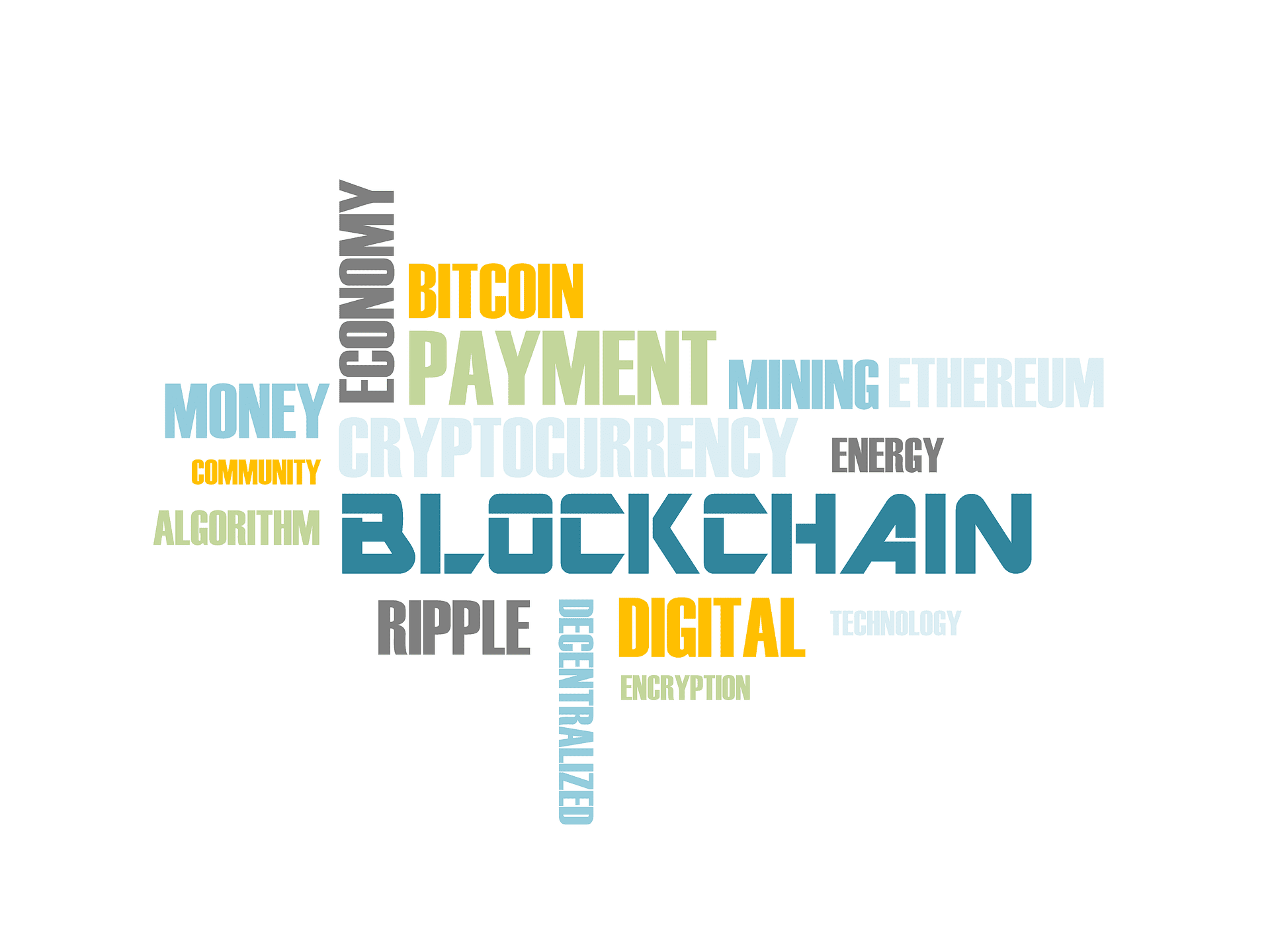It is truly remarkable just how much technology has transformed our lives across the last couple of decades. Fresh innovations mean we now have access to a whole host of apps that can support a range of activities, while we can also easily play games and communicate with our friends at the simple touch of a button. However, arguably one of the most significant developments has been the rise of Digital Payments, with recent reports putting a spotlight on how such technology is transforming India at the moment.
Huge impact
Earlier this month, a report by the Financial Times revealed how the Unified Payments Interface – or UPI – has a significant impact in the country, with transaction volumes in June reaching record levels. The newspaper detailed how the service, managed by the National Payments Corporation of India (NPCI), has been designed to allow people to make instant transfers between bank accounts and pay for a range of goods and services.
While the service is thought to have boosted financial inclusion across the country, there are now seemingly hopes that its impact could be felt elsewhere in the world. The FT reported that NPCI has gone on to have discussions with organizations, including the World Bank, regarding potential collaborations, while a pilot scheme has also been established in Singapore.
Such reports are perhaps not a huge surprise considering the significant number of people who are thought to use UPI within their daily lives. At the start of July, The Hindu Business Line reported on a study by India Transact Services, which found that 80 percent of those polled were aware of UPI payments, making it the most popular digital payment method. The research also found that 57 percent of people use digital payments up to six times a week, with more than a fifth making such transactions three times a week.
Many other options

However, while UPI appears to be the major name in digital payments across India, it is far from the only service to emerge and find an audience in recent times.
For example, The Hindu Business Line recently reported how HSBC India launched several digital payment products for its customers, including a system that allows them to make automatic recurring payments without submitting paper forms. Skrill is also a payment method that has been embraced by a range of people and businesses, notably finding a place in the world of online casinos. As Asiabet’s guide to online casinos in India explains, such sites tend to accept a range of payment methods, but Skrill has emerged to become a particularly popular one in recent times due to its prevalence within the industry. Another form of payment which has enjoyed success is Bharat QR, which NPCI describes as a QR-code based service designed to allow businesses and customers to exchange funds via mobile phones.
All of these innovations mean that many experts expect India to have a very bright future in digital payments. Business Standard recently highlighted a report from PwC and the Payments Council of India, which suggested that the country be responsible for 2.2 percent of the world’s digital payment market in three years.
A world leader?
All in all, digital payments are having a massive impact on life in India. Furthermore, it looks like the country is well-placed to become one of the world leaders in this area.
It is undoubtedly an exciting time for the technology at the moment. It will be intriguing to see how such innovations impact people all over the world in the coming years.









